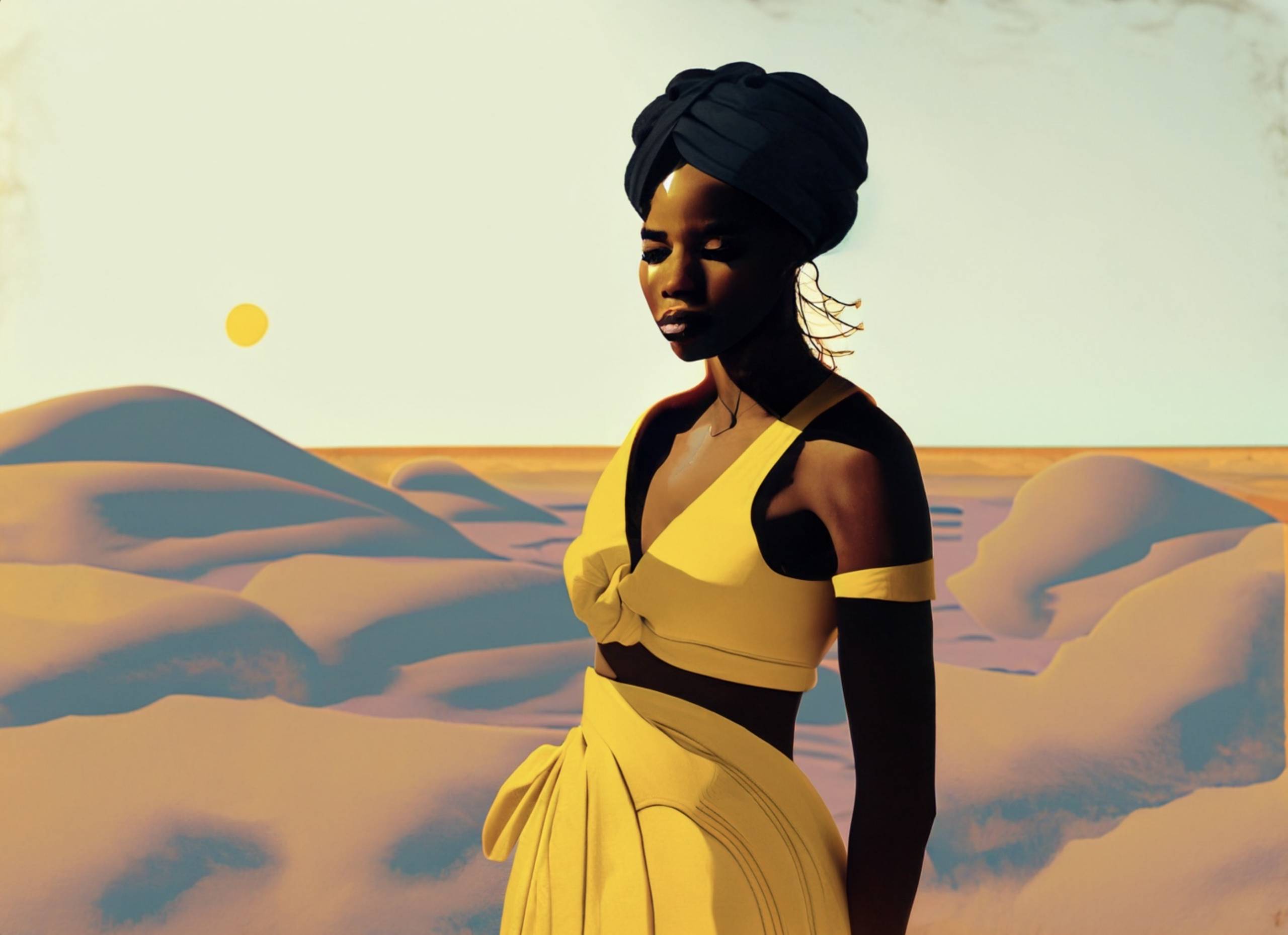The woman in yellow is a recurring figure in art and literature. She is often seen as a symbol of mystery, beauty, and danger. In some cases, she is a representation of the female psyche, while in others she is a warning about the dangers of female sexuality.
One of the earliest examples of the woman in yellow appears in the painting “The Lady with an Ermine” by Leonardo da Vinci. The painting depicts a young woman wearing a yellow gown and a fur-trimmed ermine cloak. The woman’s face is turned away from the viewer, and her expression is enigmatic. Some scholars believe that the woman in the painting is Lisa Gherardini, da Vinci’s wife, while others believe that she is a fictional character. Regardless of her identity, the woman in “The Lady with an Ermine” is a beautiful and mysterious figure who has captured the imagination of viewers for centuries.
The woman in yellow also appears in the literature of the 19th century. In the novel “Jane Eyre” by Charlotte Brontë, the character of Bertha Mason is a woman who is locked away in the attic of Thornfield Hall. Bertha is described as having “yellow, hectic” skin and “wild, roving eyes.” She is a symbol of the dark side of female sexuality, and her presence in the novel serves to highlight the dangers of repression.
The woman in yellow continues to appear in art and literature throughout the 20th and 21st centuries. In the painting “The Yellow Wallpaper” by John Singer Sargent, a woman is depicted in a yellow gown standing in front of a window. The woman’s face is turned away from the viewer, and her expression is one of sadness and isolation. The painting is a powerful depiction of the effects of postpartum depression, and the woman in yellow has come to be seen as a symbol of all women who suffer from mental illness.
The woman in yellow is a complex and multifaceted figure. She is a symbol of mystery, beauty, danger, and female sexuality. She is a reminder that the female psyche is a complex and often contradictory thing. She is a warning about the dangers of repression and the importance of self-expression. She is a symbol of hope for all women who have ever felt trapped or alone.
In recent years, the woman in yellow has become a popular subject for feminist artists and writers. They see her as a symbol of female empowerment and resistance. She is a reminder that women are not to be confined or controlled. She is a symbol of the power of female creativity and expression. She is a reminder that women can be beautiful, mysterious, and dangerous all at the same time.
The woman in yellow is a powerful and enduring image. She is a reminder that women are complex and multifaceted beings. She is a symbol of female empowerment and resistance. She is a reminder that women can be beautiful, mysterious, and dangerous all at the same time.
The Black Woman in Yellow: Embracing Identity amidst the Desert Landscape
The rich tapestry of human diversity is beautifully reflected in the myriad of cultures and traditions that shape our world. Within the tapestry, the black woman in yellow, adorned in traditional African clothes, stands as a symbol of strength, resilience, and an unwavering connection to her heritage. Against the backdrop of the desert, she stands as a testament to the enduring spirit of African culture and its ability to thrive even in the harshest environments.
African Culture and Identity:
African culture is a vibrant mosaic woven with stories, rituals, art, and attire that encapsulate the essence of its people. The black woman in yellow, proudly adorned in traditional African clothing, becomes a living embodiment of this rich cultural heritage. Her attire, steeped in history and tradition, represents the resilience and grace of African women throughout time. It serves as a visual statement of self-identity, fostering a connection to her roots and affirming her place in the world.
The Symbolism of Yellow:
Yellow, a color associated with warmth, optimism, and happiness, adorns the woman’s garments. It signifies the radiant spirit within her and her community, radiating joy and positivity. As she stands in the desert, where the harsh conditions may mirror the struggles faced by African communities, the yellow becomes a beacon of hope, resilience, and the power to overcome adversity.
Resilience amidst the Desert:
The desert, often viewed as an unforgiving and barren landscape, becomes a powerful metaphor for the challenges faced by African communities. Just as the black woman in yellow stands tall in the face of the vast desert, African cultures have persevered against historical and present-day obstacles. Like the desert blooms that emerge after a rainfall, African cultures have adapted, flourished, and found strength in the midst of adversity.
Empowerment through Tradition:
Traditional African clothing, with its vibrant colors, intricate patterns, and meaningful symbols, offers a powerful medium for self-expression and empowerment. By proudly wearing her traditional attire in the desert, the black woman asserts her identity, challenging stereotypes and misconceptions. Her choice to embrace her cultural heritage radiates pride and serves as an inspiration for others to do the same, fostering a sense of unity, acceptance, and celebration of diversity.
The image of the black woman in yellow, standing against the backdrop of the desert, encapsulates the beauty and strength of African culture. Her traditional attire is not merely a fashion statement; it is a profound expression of identity, heritage, and resilience. This visual representation invites us to appreciate the diversity and vibrancy of African cultures while challenging us to confront stereotypes and embrace the beauty that arises when we celebrate our differences. Through the lens of the black woman in yellow, we are reminded that cultural heritage is a source of strength, a connection to our roots, and a beacon of hope, even in the most challenging of environments.

Leave a Reply